ECB Governing Council member Francois Villeroy de Galhau said he proposed to “decarbonizing the ECB’s balance sheet with a pragmatic, progressive and targeted approach to all corporate assets whether they be held on the central bank’s balance sheet as purchases or taken as collateral.”
Villeroy noted that the stagflationary nature of climate change was the reason to take it into account. It could challenge the price stability mandate by pushing up prices while weighing on the economy.
Though, he also noted, “the greening of central bank action is not about additional monetary policy easing but recalibrating our tools”.





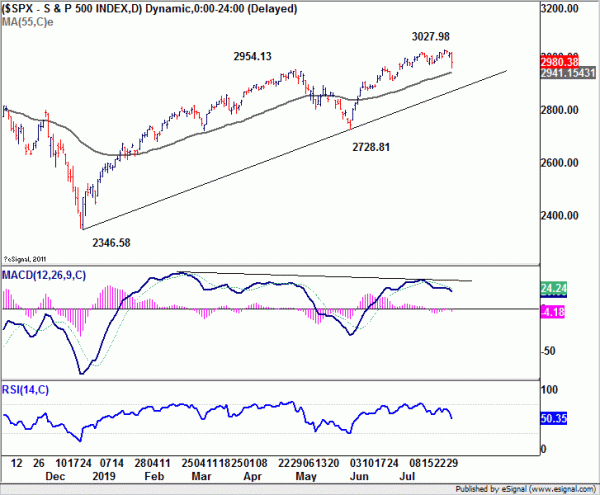
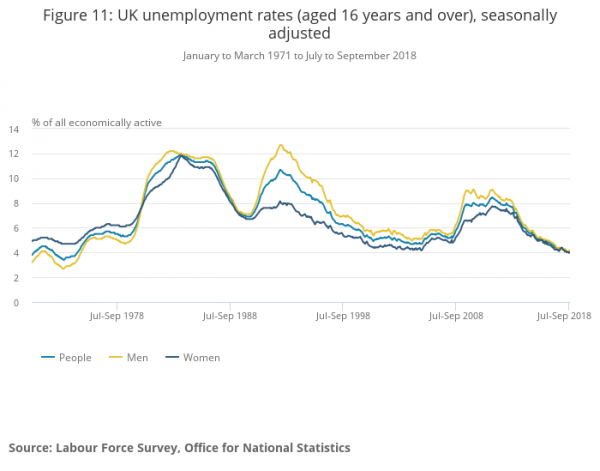
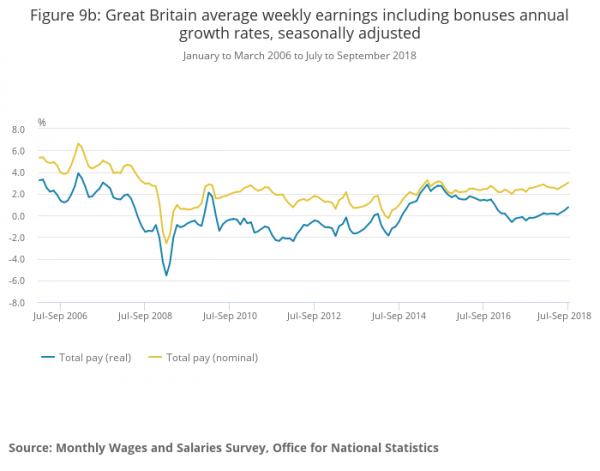
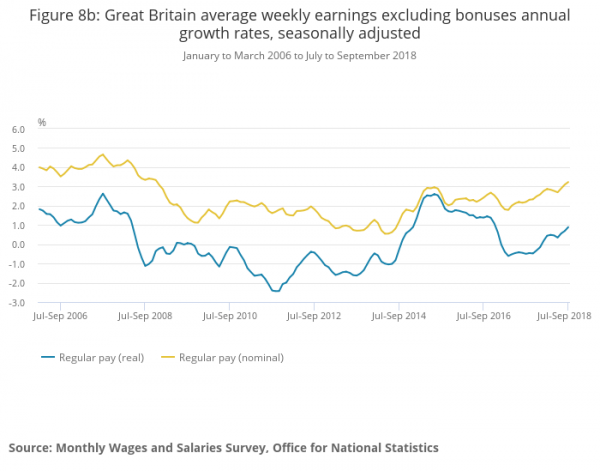
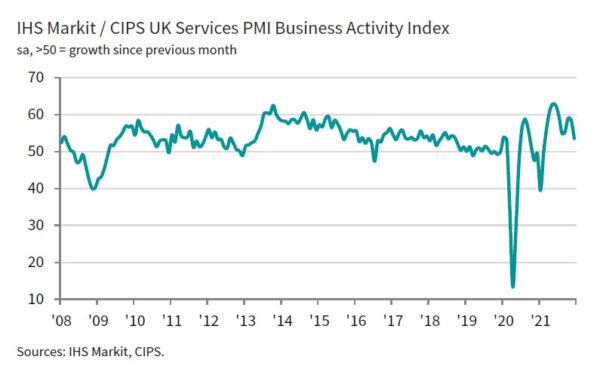
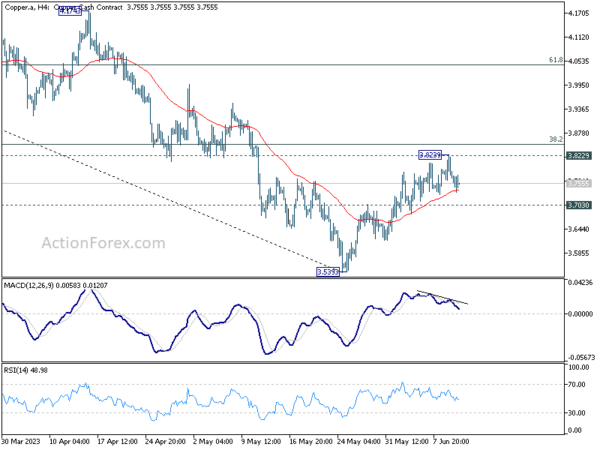
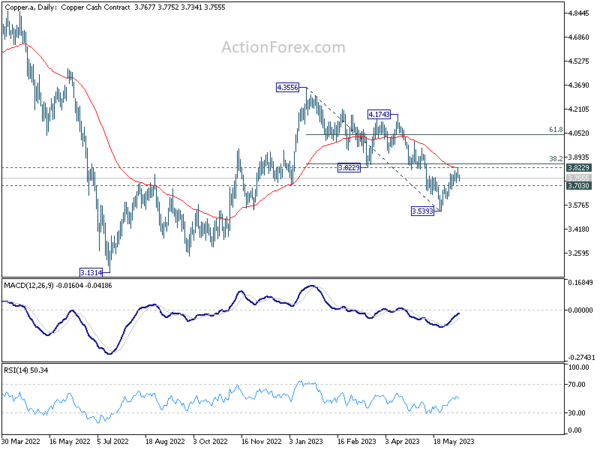
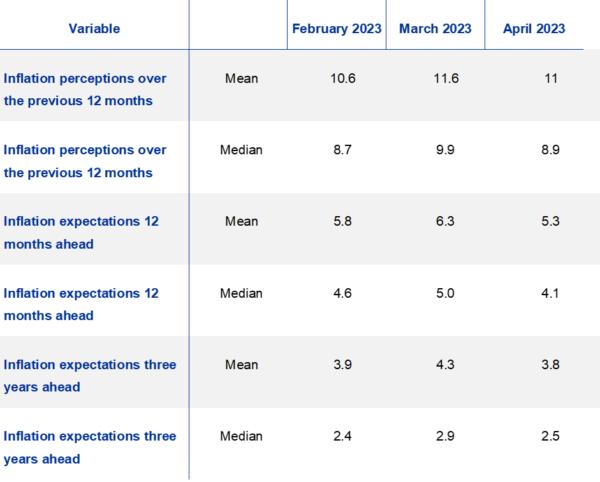
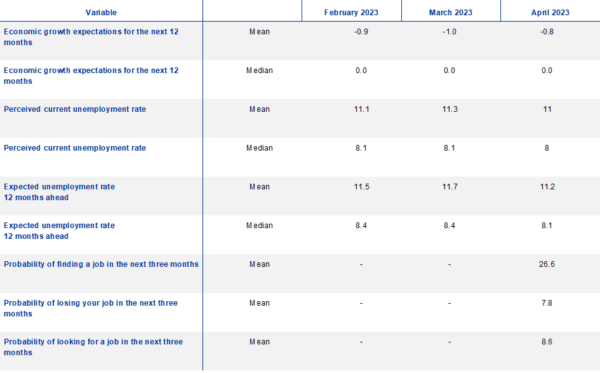
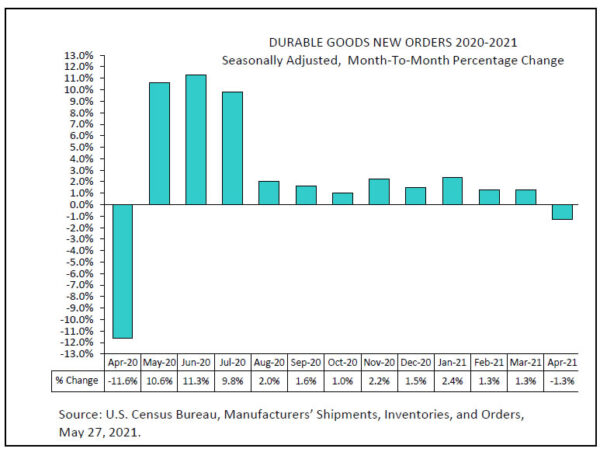
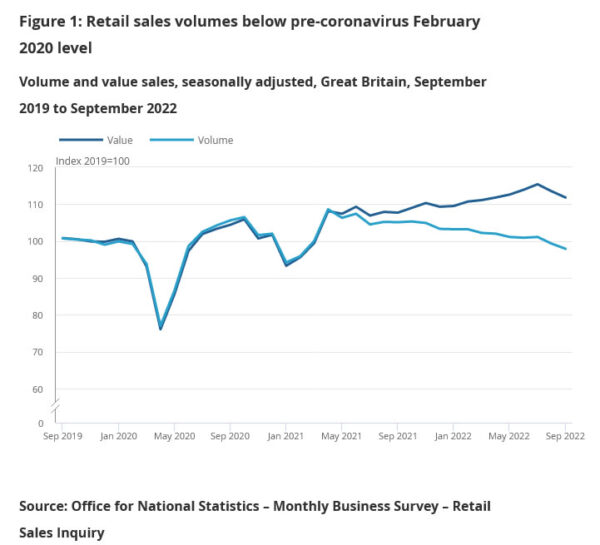
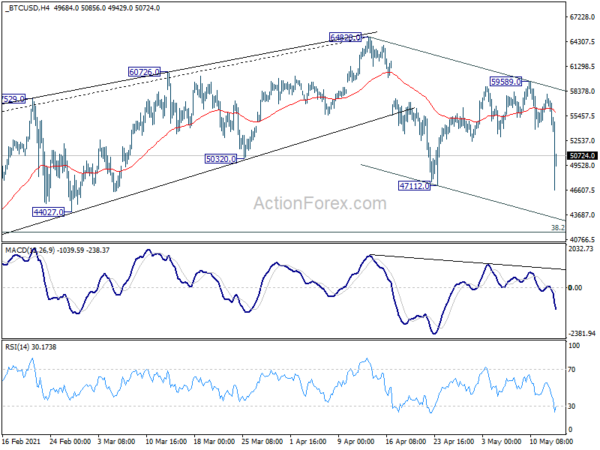
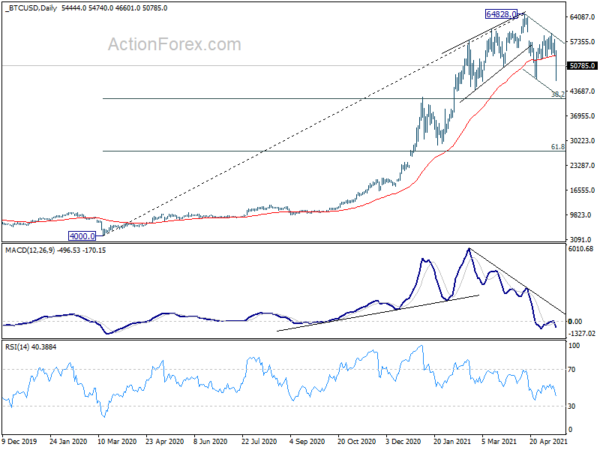
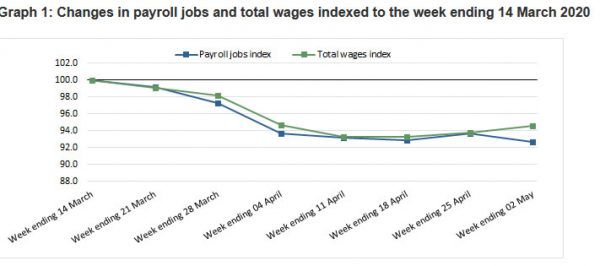
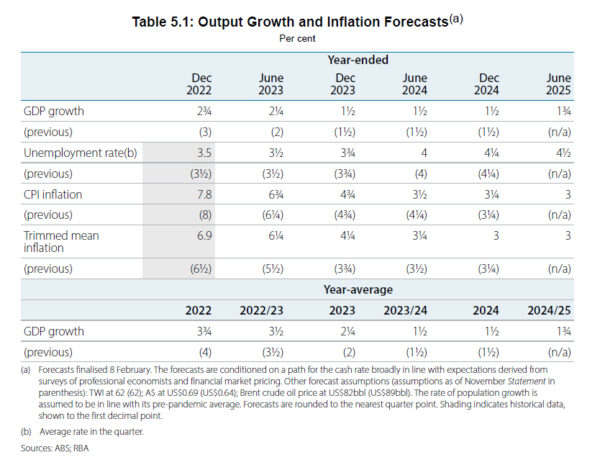

IMF cut Japan growth forecast, urges monetary and fiscal policy coordination
IMF lowered Japan’s GDP growth forecasts in 2019 to 0.8%, down from 0.9%. It expects growth to slow further to 0.5% in 2020. IMF Managing Director Kristalina Georgieva urged that “strengthening the effectiveness of coordination between monetary and fiscal policy remains a high priority” for the country.
She added, “fiscal policy should be supportive to protect near-term growth and promote inflation momentum”. Also, “beyond the short-run, a clear commitment to long-term fiscal sustainability is essential.” On monetary policy, IMF called on BoJ to maintain support for the economy. It suggested BoJ to shift 0% yield target on 10-year JGB to a shorter maturity, and cut back its buying of long tern government bonds. Such action could steepen the yield curve and help financial institutions’ profitability.